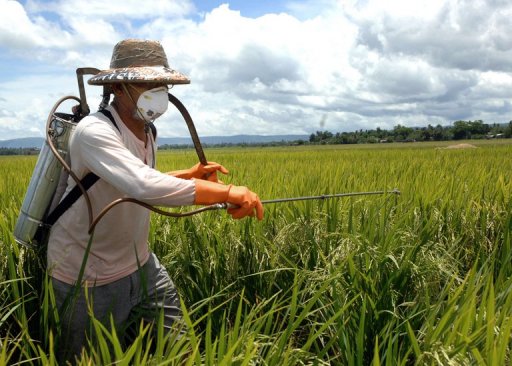BARLEY DISEASE
Common wheat (Triticum aestivum L.) is placed at the quantity one position among the staple foods of the planet and it\’s the most supply of calories, protein, sure vitamins and minerals. Asian country has been divided into range of production zones and being staple diet of inhabitants, wheat occupies a central position within the agricultural of nice agro-ecological areas wherever wheat is full-grown.
The partition is especially supported cropping pattern, unwellness prevalence and climatological factors. Wheat cultivation encompasses a serious production space of eight.33 million hectares participating thirty three% of the cultivated space of the country every year and exhibits production around twenty one million tones. an equivalent isn\’t enough to satisfy with the country’s ever-increasing increase rate of two.6% annually. Wheat occupies seventy% of Rabi season (winter season) and thirty three capitalize on total cropped space of Asian country.
Wheat is subjected to range of diseases caused by fungi, bacterium and viruses. Among infective agent diseases, the most important drawback turning into aggravated by day in Asian country is Barley plant disease unwellness (BYDD) caused by Barley plant disease Virus (BYDV). BYDV has serious impact on grain production and thought of to be a very important limiting issue for yield where cereals area unit full-grown and average yield losses as a result of natural BYDV infection will vary between eleven and thirty third. BYDV is neither automatically transmissible, nor through the seed, however area unit transmitted by insect vector (aphids) in a very persistent, change of location however non-propagative manner. Environmental factors play many vital roles within the BYDD cycle. High intensity and comparatively cool temperatures move 15-18C typically favor expression of symptoms development, like leaf discoloration, which can attract louse to virus-infected plants
Dominant factor, Bdv1 and Bdv2 confers tolerance to BYDV in some wheat varieties that induces slow yellowing. In Asian country, total supermolecule (TNA) of growing wheat varieties ought to be evaluated through enzyme chain reaction (PCR) assay exploitation Bdv1 and Bdv2 factor sense and antisense primers to see the presence or absence of resistance against BYDV. the half of increase in BYDD incidence reduced the yield from twenty to fifty kg/ha in wheat crop and BYDV is controlled chiefly by the employment of plant lines that area unit tolerant or immune to sure BYDV isolates. The resistance or tolerant wheat varieties and bug vector management can enhance the yield of wheat crop in Asian country and. High yield can improve the farmer’s financial gain and it will play a big role within the GDP of the country.

Thanks for installing the Bottom of every post plugin by Corey Salzano. Contact me if you need custom WordPress plugins or website design.






